Otto Kubel was an extremely versatile artist who worked in the first half of the 20th century. His main legacy lies in the illustrations for numerous books and picture postcards. Like most German illustrators, he couldn't escape the spell of Grimm's Fairy Tales. He also painted landscapes and portraits, he designed board games and school posters, but above all, he was always very active and ready to accept a new challenge.
Otto lived in times of great technological discoveries when printing techniques in a few decades changed more than in thousands of years before. If an artist had a good sense of colors and an eye for detail, like Kubel, he definitely got a chance to shine more than ever before. Let's not forget that Germany for some time had the best printing possibilities in the world, which resulted in numerous exports and a chance for a German artist to become known, for instance, in America, as Kubel did. He also created in times of great geopolitical disturbances, surviving both world wars, which inevitably left consequences on his life and work. Despite his indisputable skills, people outside of artistic circles rarely hear about Otto Kubel. This article is an attempt to present him.
Here are ten facts from the life and work of Otto Kubel!


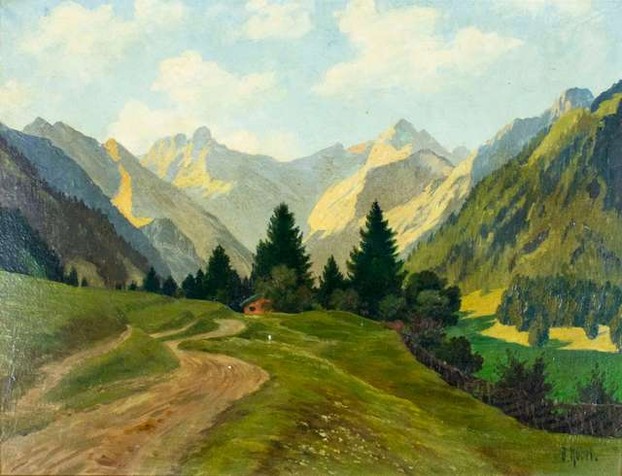
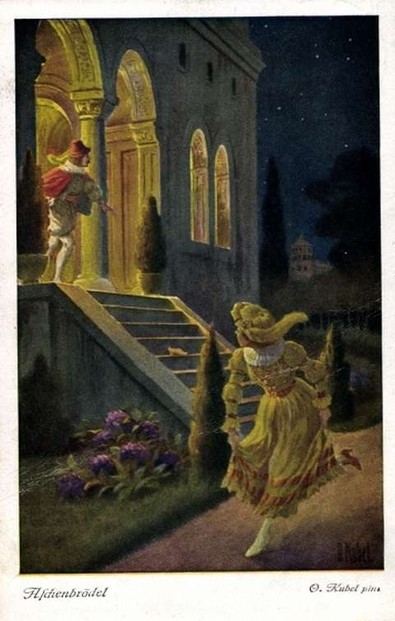
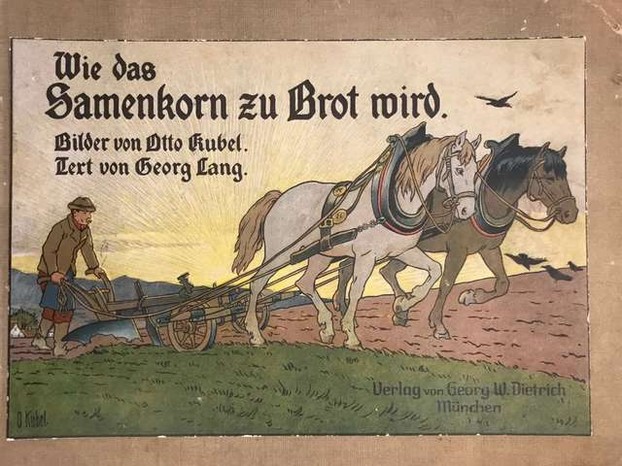
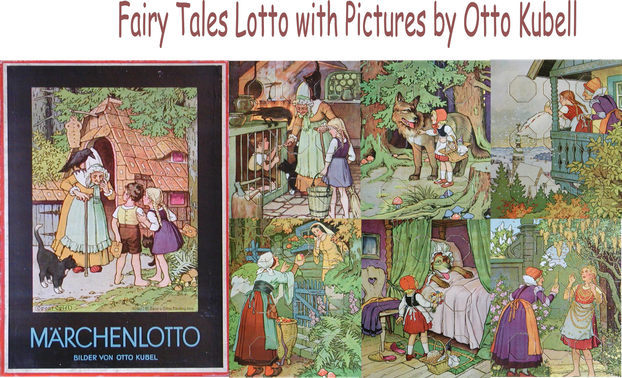
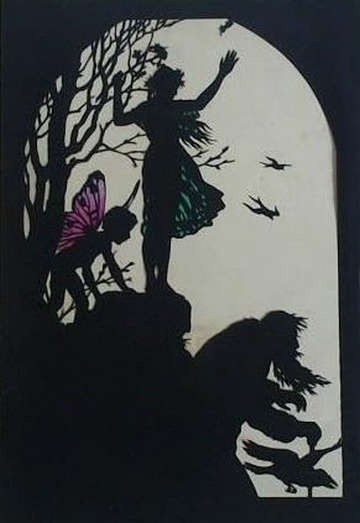
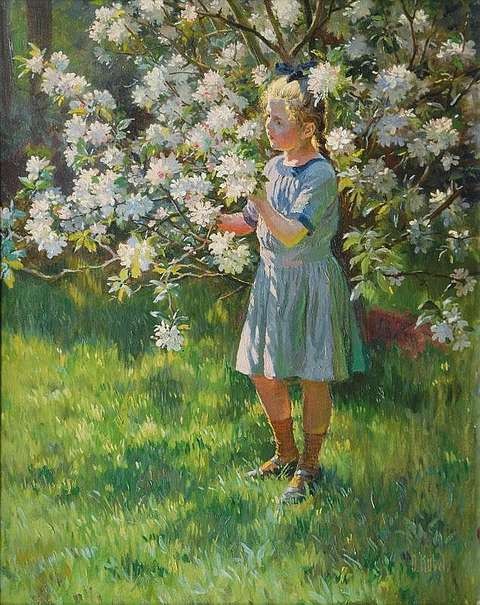
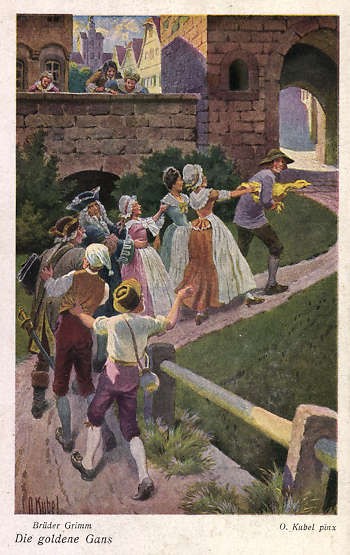
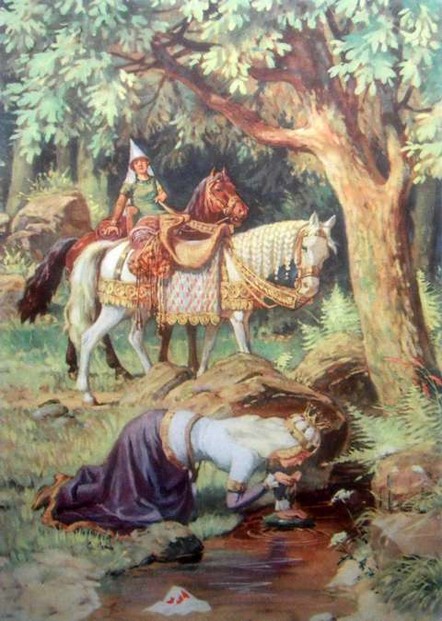
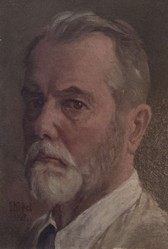

 Vintage Postcard Artists with 10 Examples of Easter Cardson 02/21/2025
Vintage Postcard Artists with 10 Examples of Easter Cardson 02/21/2025
 Valentine's Symbolson 01/23/2025
Valentine's Symbolson 01/23/2025
 Thanksgiving Symbolson 11/12/2024
Thanksgiving Symbolson 11/12/2024
 Famous Witches in Literary Historyon 10/06/2024
Famous Witches in Literary Historyon 10/06/2024
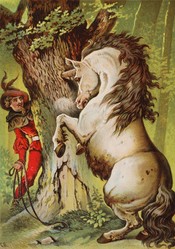
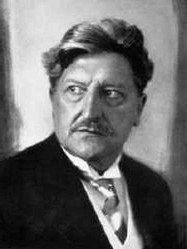
Your Thoughts about Otto Kubel's Work
Yes, I think so, but didn't find any. A lot of his work is uncredited and archives were mostly burned at the end of WW2.
His work is mainly in private hands but I believe you can find it in museums as well.
He worked in oil and water colors for illustrations and postcards.
Sorry, I am not familar with details, but I think Kubel lived in his house while artists coming for a few months only, rented spaces in the neighborhood.
The fourth subheading, Books, advises us that "Otto Kubel illustrated numerous books by German and American authors."
Did Otto Kubel illustrate books authored by English authors?
The second paragraph to your introduction advises us that "Despite his indisputable skills, people outside of artistic circles rarely hear about Otto Kubel."
Kubel works leave me listing him among effective artists of tree auras, colors and shapes. Van Gogh makes it to the number one position arboriculturally, horticulturally, silviculturally in my thoughts. Kubel manages a close second.
Might his works be in private or public collections?
The third subheading, Postcards, advises us of Kubel achievements in oil-painted and postcard landscapes.
Did Otto Kubel do the same landscapes for both genres or did an oil-painted landscape never do duty as a postcard landscape and vice versa?
The first paragraph to the second subheading, Oil paintings, mentions the Furstenfeldbruck artist colony.
Might the artists have made their homes from new-constructed buildings or pre-existing structures? And might there be an extant Otto Kubel house there?
He painted mostly his environment. Alps were among his favorite subjects. He portrayed people from his community, other singers from the choir, for instance. Everybody who was willing to pay and had time to pose, I suppose.
The second subheading, Oil paintings, ends with equating Otto Kubel with such lesser-known works as oil-painted landscapes and portraits.
Your sample in-text images feature him as finessing naturalistic, realistic colors, details and shapes.
Might he have made any landscapes or portraits of any famous people or places?